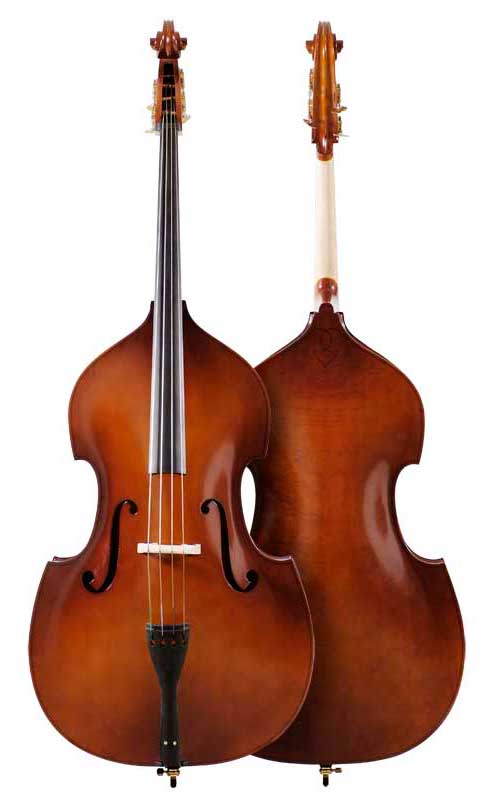For context, read this. And that’s just “us” bass players discussing the structure… 😉 Also, to quote John Goldsby who quoted Ray Brown: “the audience doesn’t care if it’s a Gmin7b5” 😀
Maiden Voyage (composition)
Herbie Hancock’s favourite own composition – at least when asked in an interview in 2011 – is Maiden Voyage, from 1965. You can also read about it on Wikipedia, read an archived album review from jazz.com, or watch part of that interview here:
And that rhythm and those four suspended chords are well worth studying. It’s one of the greatest jazz albums I know, so listen to just that composition (with Herbie Hancock (p), Freddie Hubbard (tr), George Coleman (ts), Ron Carter (b), and Tony Williams (dr)) here:
Wonderful. Thanks for listening.
A video dedicated to the American Supreme Court
From the Glastonbury 2022 festival in England:
I rarely get political here, but I think that this is/was well deserved… as always, thanks for watching. Video is ©BBC.
See and read also: Bill’s take on this.
Further coverage on day 4 of the Glastonbury festival on The Independent. And another one.
Qotd, about practising
“The difference between a master and a beginner is that the master has failed more times than the beginner has tried”
from Chris Fitzgerald‘s “best teacher ever”, found here
And yes, I’m currently practising my upright more often. It’s a fun journey 🙂
Nature Boy a capella
A really nice version of Eden Ahbez’ 1947 hit:
Found via Jeff Meshel’s World.
As always, thanks for viewing.
How to temporarily use another sampling rate in pipewire
I found this cool trick on how to temporarily set your music production to a sampling rate of 44.1kHz instead of the usual 48kHz using pipewire. See Ardour discourse about it.
Unforgettable Scott LaFaro
As always, thanks for viewing.
The makers of my upright bass
The webpage of Christopher basses in Germany has a changed address – you can now leave away the “en” for an English description, so it’s simply https://www.christopher-bass.de/ for now…
I have the DB202T Gamba model which now seems to be their base (cheapest) model:

As I’ve learnt when I once asked, the “T” in the name stands for the size of 3/4. So now I’ve also updated the link in my Wikiloops gallery.
As always, thanks for reading.
Chicken Thief
What a lovely song in a Jazz Manouche style from Frankie and from Thierry – couldn’t resist to add a little bottom end to it:
As always, thanks to my friends and to Wikiloops for all the fun, and thanks to you for listening 🙂
Oh, and for this one I used foam again, close to my instrument’s bridge:
Thanks for viewing.
Music theory made easy
Lately in Wikiloops, I stumbled upon a song made by a guitar player, then someone played harp over it, and a guitar, this time soloing, again. And the musician who played the harp complimented the soloist on using the phrygian mode which got my head spinning a bit…
Well phrygian is simply said the 3rd if you start thinking from ionian – so if you take all the white keys on a keyboard, with C major being the ionian mode, you start the same keys (only those white ones, remember?) on the 3rd note which is e, and you’ll have phrygian. So C major played from e to e’ (the octave above) would be E phrygian. Easy, no?
Well yes and no – how to improvise over this? On a guitar, think minor pentatonic plus two notes, the minor second and the minor 6th, and you’re there. Here’s a nice tutorial about that from David Wallimann:
I like this example – he’s using G phrygian – because he also shows how this is simply G# lydian if you start playing that same scale from the second note which is G# or Ab. You could also think Eb ionian (or simply said, Eb major) if you’re more familiar with that. Ron Clemens commented: “I like the sound of that relative Lydian arpeggio (AbM7) in the (G) Phrygian context – sounds Zappa-ish.” – and I have to agree, that was a nice one 🙂
That’s a cool lesson I think, it opens up all the possibilities you’ll have when starting to think that way – and it sounds great, like all of these modes do.
So thanks to David for a nice and understandable and enjoyable tutorial, and thanks to you for reading and viewing, as always.
